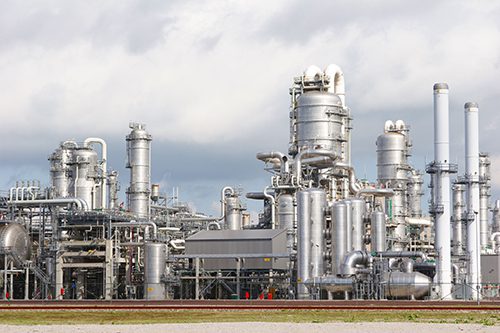The Problem
A carbochemical plant in a Brazilian steel mill uses fluorite (CaF2) in their steelmaking process to improve the flow of steel in their casting and pig iron desulfurization processes. As a result, the plant saw a high fluoride concentration in their effluent, requiring treatment to comply with discharge regulations.
Not only did the treatment used at the plant not meet fluoride abatement limits, but it also generated a large amount of sludge that required further treatment.
The facility reached out to ChemTreat for a new solution.
The Solution
ChemTreat’s P8200L technology was tested in the laboratory to see whether it would effectively abate the fluoride in the customer’s effluent.
Laboratory personnel also determined the need to apply P835EB polymer to accelerate the flocculation process to form denser flocs.

Jar test before P8200L application: low efficiency of floc formation, with light flocs of low density and low settling speed

Jar test after P8200L application: denser and larger floc formation, increasing settling speed
P8200L and P835EB were subsequently tested in a field trial. The following graph shows fluoride ppm before and after the ChemTreat product application. Before ChemTreat technology was applied, results were out of limit (>10 ppm). After applying ChemTreat technology, fluoride was reduced to <10 ppm.

The Results
The field trial yielded the following results:
- Fluoride presence in the effluent reduced from 23 to 6.1 ppm, helping the customer meet regulatory requirements
- Treatment chemical usage reduction from 250 to 60 tons per month
- 70% reduction in chemical exposure time for the application and handling of treatment chemical
- 65% reduction in sludge generation
Impressed with these results, the customer continued using ChemTreat technology for their fluoride abatement needs.
Results are examples only. They are not guaranteed. Actual results may vary.

